The Leapmotor C10 is, unsurprisingly, a family-sized electric SUV. For some time now, thanks to the Tesla Model Y, this has been the heartland of the EV sector.
So, while you may not exactly know what the Leapmotor C10 is, you’ll be familiar with its rivals: Skoda Enyaq, Renault Scenic, Volkswagen ID.4, Ford Explorer, Peugeot e-3008 and more.
Compared to some of them, the Leapmotor C10 has a bit more of an upright and classic SUV profile, albeit designed in that sleek and smooth way so many electric SUVs are. It’s not head-turning, but is refined and elegant.
And the Leapmotor brand? Born in China, and now in Europe and the UK thanks to a joint venture with global behemoth Stellantis. Which means it will be sold by many dealers already retailing Vauxhalls, Citroens, Peugeots and Fiats. Well, when you already have that many brands, what’s one more added to the mix?
Exceptional value
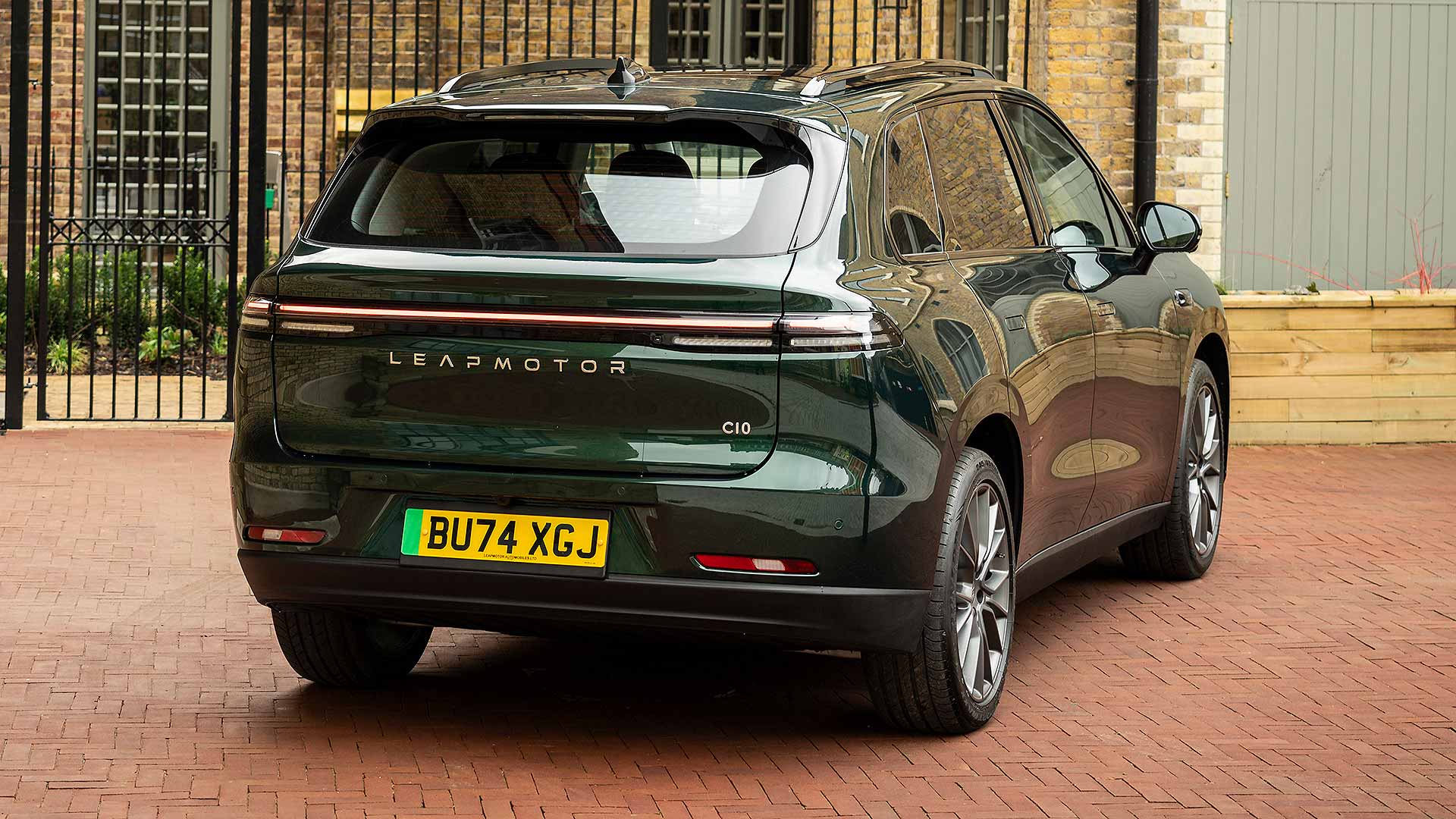
Particularly when this one has a real market-friendly USP – exceptional value. Leapmotor undercuts them all, which means that while this Leapmotor C10 may rival, say, the Ford Explorer, there’s no competition when it comes to price – it starts from £36,500, while the Explorer range opens at over £39k. That’s for Ford’s Explorer Style model too, with entry-level equipment, a 52kWh battery and a 233-mile range.
The Leapmotor C10, in contrast, has far more equipment combined with a 70kWh battery boasting a 261-mile range (although the ‘rapid’ charging rate is a pretty tepid 84kW). Standard features include 20-inch alloys, panoramic sunroof, electric heated and ventilated front seats, 12-speaker stereo, electric tailgate and more. At over 4.7 metres long, you physically get a lot of car for your money, too.
So what’s not to like? It certainly presents well in the metal, with excellent paint quality (it’s offered in some very attractive colours) and premium car panel gaps. This is a well-designed, well-built car, one that carries through this positive first impression to the interior.
It’s all very paired back and screen-first, of course. Modern cars don’t seen to do buttons anymore. But the 14.6-inch centre touchscreen is eye-catching and the 10.25-inch driver display is colourful. As with most Chinese cars, the icons and typeface could be bigger, but it doesn’t seem to present any major hurdles.
Interior niggles
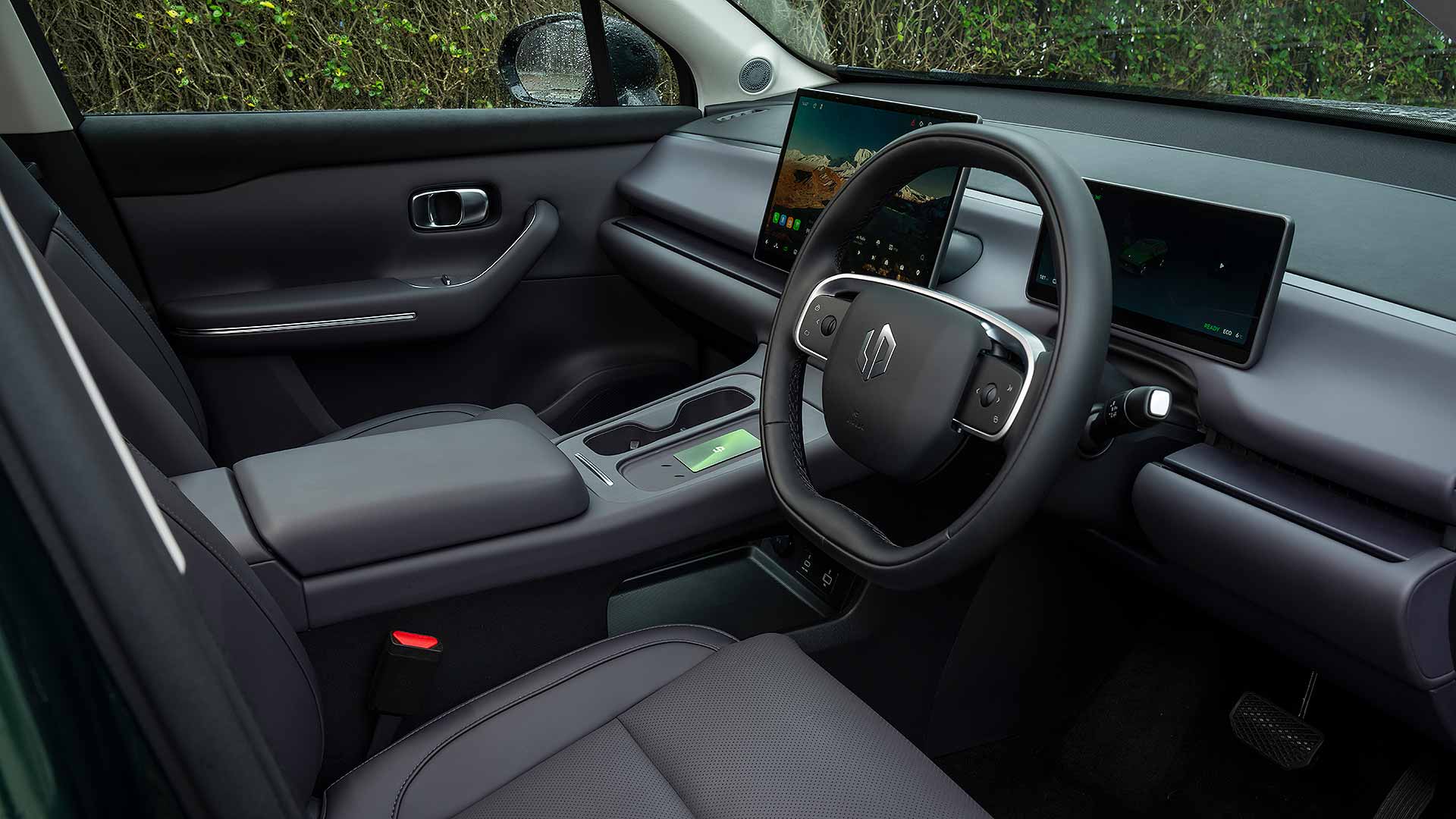
Or does it. See, you’ll soon discover one glaring omission – the lack of Apple CarPlay and Android Auto. Meaning that pairing your phone via Bluetooth only delivers limited functionality. You’re forced to use the onboard sat nav, and restricted in how much access you have to your phone. Even Tesla barely gets away with this; in a car without the US brand’s ecosystem, it’s a potential deal-breaker.
Having to use the touchscreen to control so much means the learning curve is steep, too. As we’ll shortly see, it’s almost imperative you disable as much of the ADAS as possible, which is not the work of a moment. Bizarrely, I also found my test car kept turning off the climate control, quickly leading to a stuffy interior – I think, because it kept defaulting to ‘Eco’ mode, although I couldn’t figure out why. Curiously, when adjusting the temperature, it also went from 19 degrees straight to ‘low’. As the system seemed to run ‘hotter’ than other setups, this became the default.
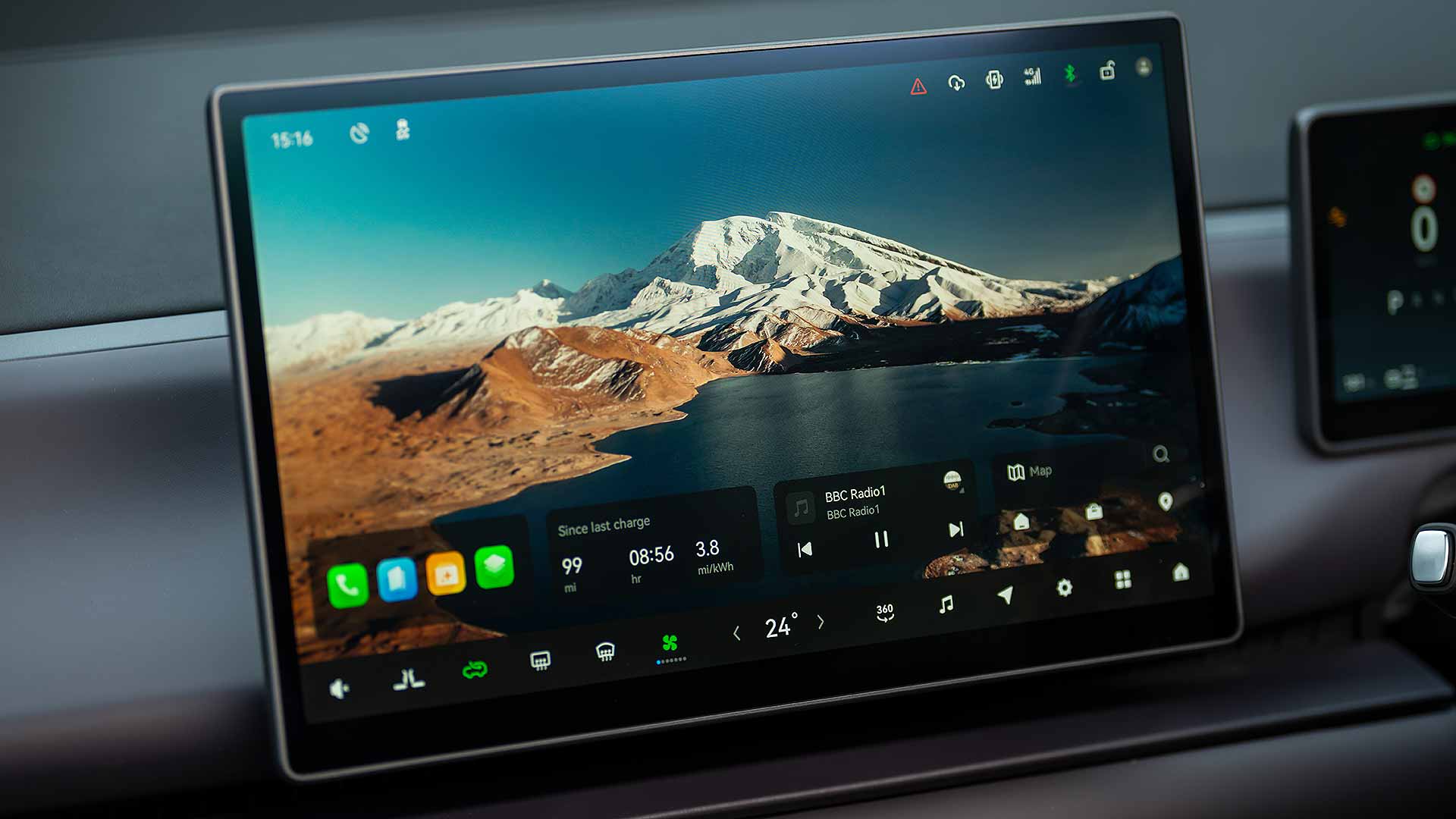
I’m pretty sure you’ll never get used to the electric window switches, as they work in the opposite way to normal controls. At least the seating position is high and comfortable, and I quite like the feel of the eco-friendly upholstery, which extends to the tops of the doors.
The Leapmotor C10 is vast in the rear. Space is quite exceptional, with limo-like levels of rear legroom. There’s a flat floor as well, meaning three-up will be tolerable, particularly as the seat itself is supportive and ample.
It’s a pity this rear space comes at the expense of boot capacity. The luggage area is easy to access – the standard power tailgate is welcome too – but a 370-litre capacity is sub-par for a family SUV. Even a Volkswagen Golf hatch has a 380-litre capacity; a Vauxhall Grandland Electric, which could well be sold in a Stellantis showroom just next door, offers 550 litres. My car didn’t have a parcel shelf either, but Leapmotor says one is coming soon.
Driving the Leapmotor C10
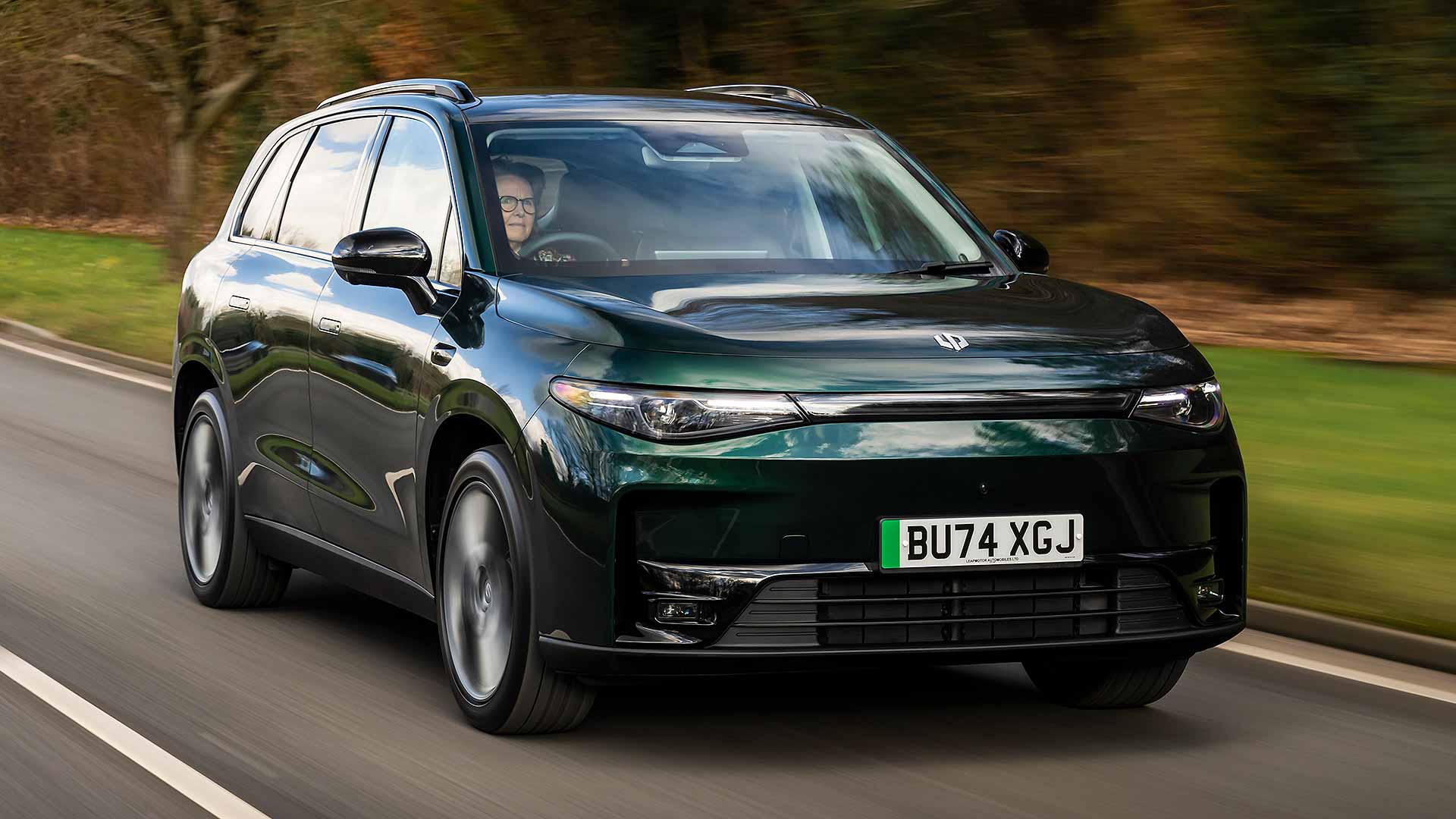
Like the Tesla Model Y, you ‘start’ the Leapmotor C10 by pressing a keycard on the centre console, next to the wireless smartphone charger. It felt slow and meek until I realised it was defaulting into power-saving ‘Eco’ mode. Moving to comfort saw acceleration became better, with 0-62mph performance in s decent 7.5 seconds.
At first, it feels quite softly-sprung, so it’s quite cushioned in town. The 20-inch wheels will sniff out potholes with a thud, but it’s generally OK. This continues to motorway speeds – where, if anything, it’s too softly sprung, and feels unsettled. You’ll feel plenty of lean and wallow in corners too. It steers accurately through them, but avoid the lightest of three steering weight settings, as it’s disconcertingly light.
However, any driving impressions are completely overshadowed by the terrible ADAS safety technology, which ruins the driving experience and spoils what is otherwise a passably average car.
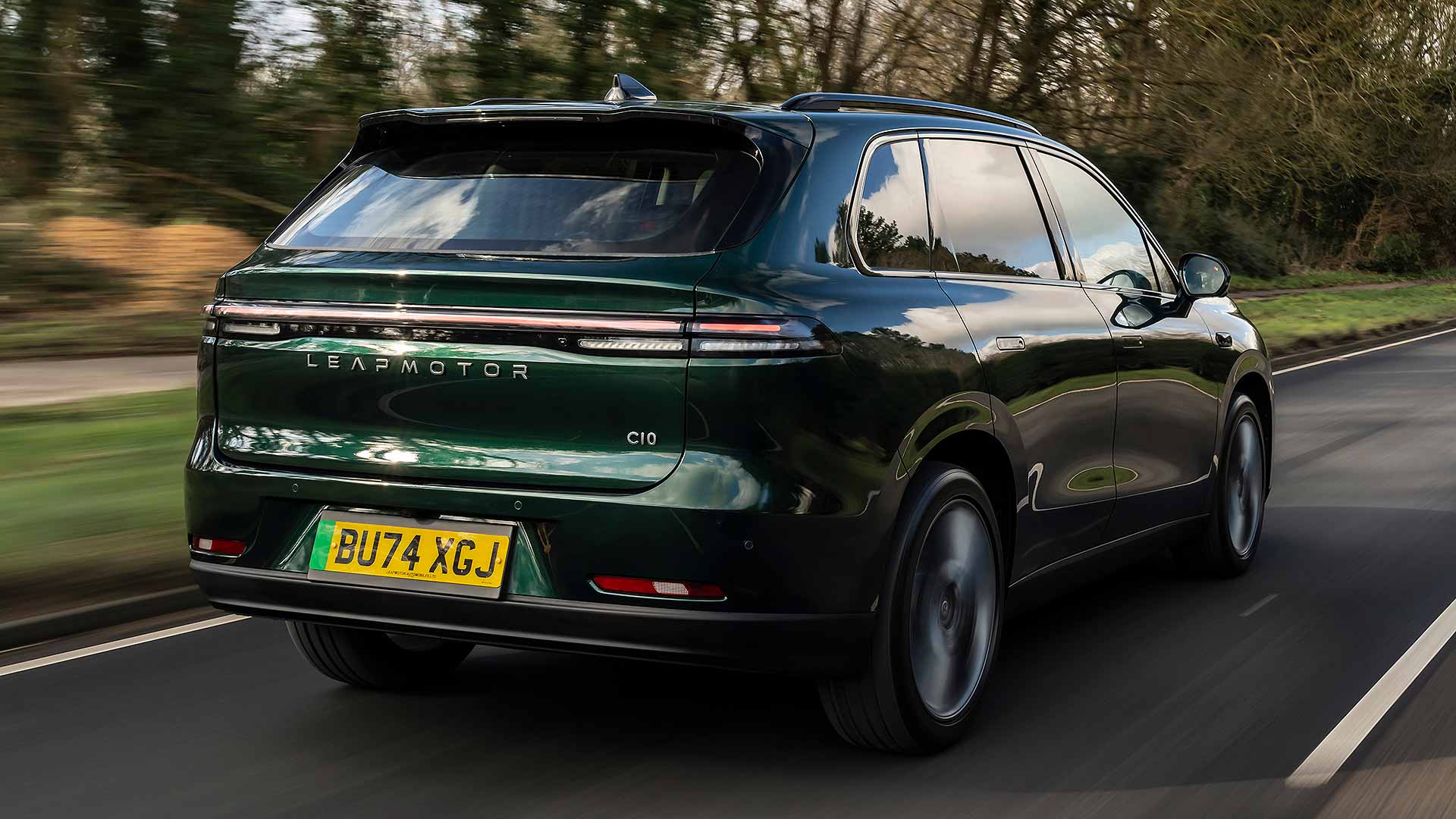
Let me explain. For starters, it was sunny when I had the car. If you wear sunglasses, it can’t see your eyes. So the driver distraction warning system will be going off all the time; bleeping and chiming every 10 seconds or so. I took off my sunglasses and it stopped; you can also disable it in the touchscreen, but don’t ask me to remember where the setting was.
Then there’s the lane-keep assist, which is alarmingly aggressive in its insistence in not only keeping you within lanes, but keeping you entirely central within that lane. If you stray just a fraction, the steering starts fighting. It’s extremely disconcerting.
Not to mention all the other bleeps and bongs that are so numerous, you have no idea what you’re being told off about. Some of them don’t even flash up a warning message on the touchscreen – they just bleep, idiotically.
Frankly, if you leave all the ADAS systems in the default ‘on’ setting, the Leapmotor C10 is borderline undrivable.
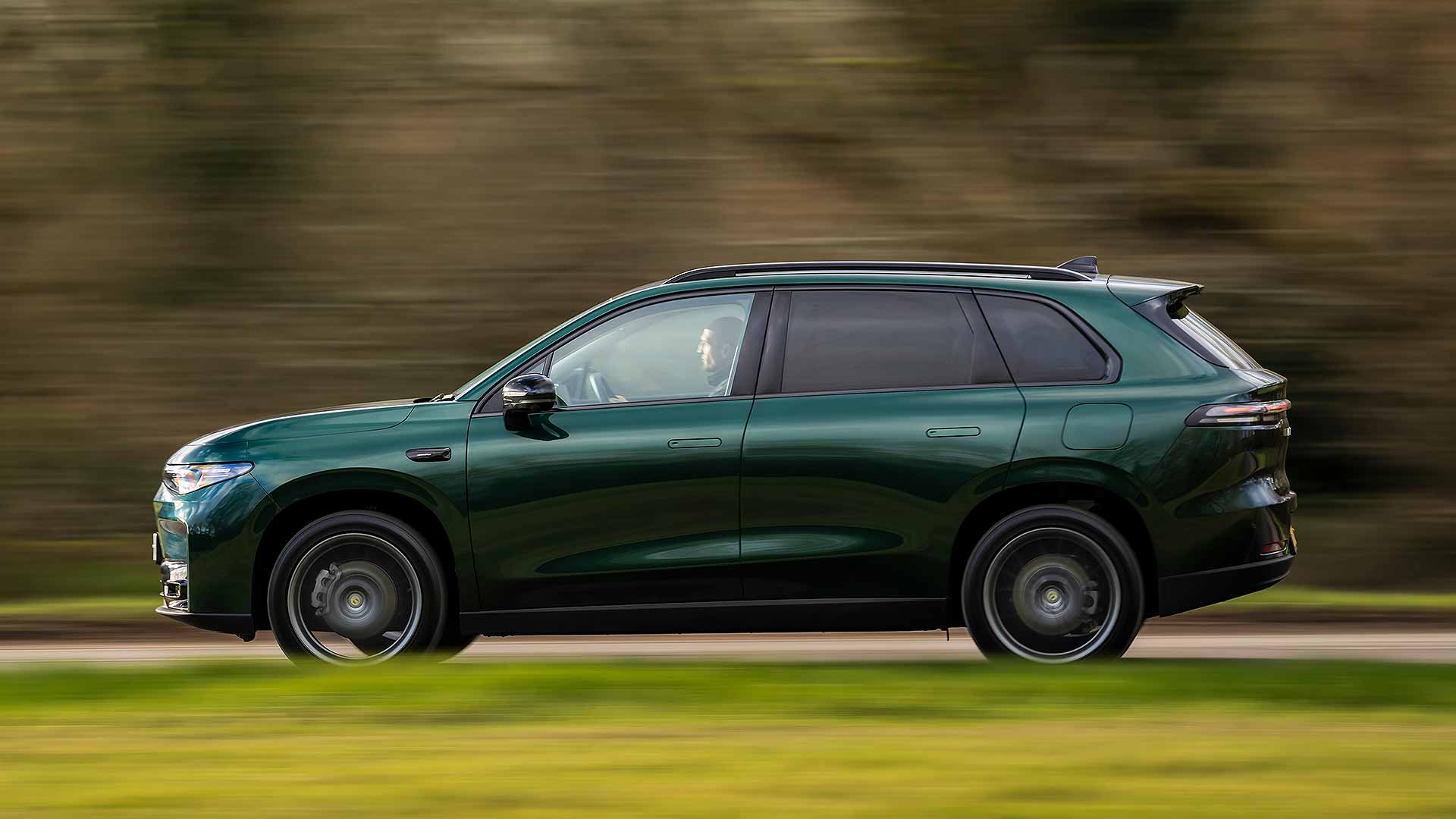
So why not just turn it all off? Well, first, that’s burdensome, as it involves convoluted presses of the touchscreen each time you drive. Second, it doesn’t seem to entirely turn everything off. That dreadful lane departure warning system on my car seemed to remain on, bleeping and fighting and making it an anxiety-inducing misery.
It all struck me as being technology that, in the rush to launch this car in the UK had no calibration for our roads whatsoever. Which is a pity, given the overwhelming impact it has on this well-priced, well-equipped electric family SUV.
Maybe calibration will come, and perhaps it will be improved via over-the-air updates. In the meantime, be sure to take a lengthy test drive first to check if the Leapmotor C10 will drive you to distraction.
